Styles of Tattoos
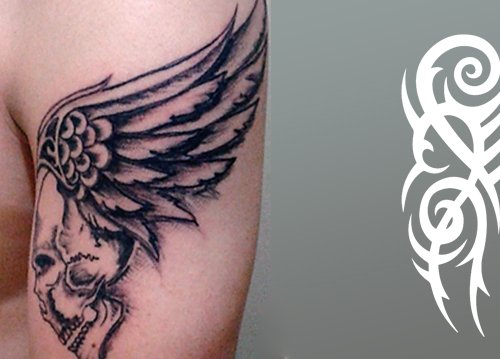
Old School/Traditional
This classic style, also called “old school” or “traditional,” is a throwback to the art form’s golden age. “It’s been around for 150 years. “Very Western in design, typically done in three parts; one part black, one part color/grey and one part skin. Thick lines are always used, and the motifs are typically nautical and military in theme. Eagles, anchors, swallows, hearts and banners, etc.”
New School/ Fine Art
Unlike the traditionalism of the old school, the new school is all about free style and a different outlook. Its patterns are unique, involves complex designs, shading, and various effects. It reflects the times and is more modern in design, techniques, and ideas. This style is getting more prevalent

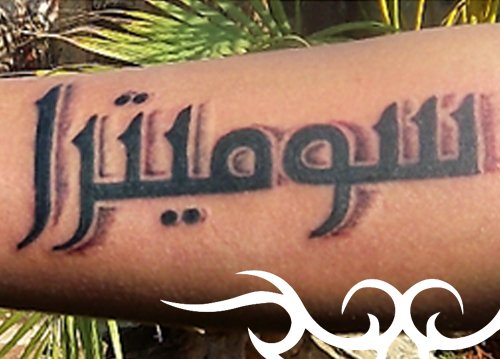
Lettering
Scripting or lettering has always been a tattoo favourite. The vast opportunity of not only various fonts within the English language but the option of inking in Chinese, Japanese, Sanskrit, Arabic and other languages just make this a very interesting form. One of the things vary important in getting lettering done is to ensure it is not a place where the lines curve up or down if one were to put on muscle/weight. Again cleaniliness of every letter and word is critical Also popular are ambigrams – same or different words being read from both.
Biomechanical Art
Biomechanical art is a surrealistic style of art that combines elements of machines with body parts. The expression is that of part of the body being ripped open and what seems to be working internally (instead of our organs) are mechanical devices like pistons, cylinders, wheels etc. in creative formations. It gives a fantasy feel to a human anatomy. Biomechanical art was popularized in 1979 when Swiss artist H.R. Giger designed the alien creatures in Ridley Scott’s Oscar winning movie Alien.


Tribal Tattoos
Tribal tattoos are possibly most popular and the most inked. In ancient times, the tattoo could mean access to a certain tribe. It was also used as a symbol of a girl having reached puberty or boy achieving adulthood. A man who did not have a tattoo would possibly not be taken hunting as it was a sign of someone not being able to bear pain.
Typically tribal tattoos are geometric/curved lined diagrams with a jet black fill though they can be of different colours. Today tribal tattoos are created in very artistic forms and while they often have two sides of the same design, it is equally common to find abstract designs. The beauty of a tribal tattoo comes in its clean finish and jet black fill. Today tribal tattoo designs of dragons, skulls, eagles, butterflies , phoenix, horses – almost any object/being in the world – are easily available.
Celtic
The celtic tattoos came from the European region, especially Ireland , Scotland and England. They have a distinct identity. Nearly all celtic tattoo designs are made through a series of knots . The beauty of these lies in the fact that there is no start or end to the design – something like an infinity loop. Typical celtic designs include animals and birds, crosses, and leaves. Many believe that the best way to interpret Celtic artwork is as meditation or as a prayer. Celtic tattoos are usually not strictly representational and they do not attempt to duplicate the world and especially nature exactly as it is (nature being imperfect anyways).
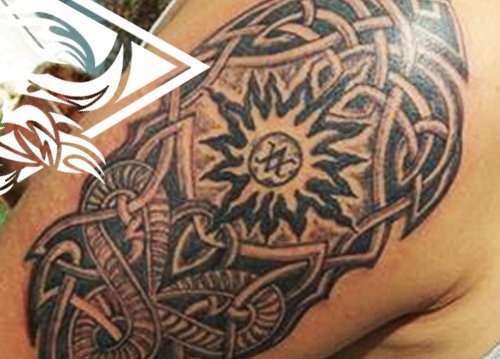
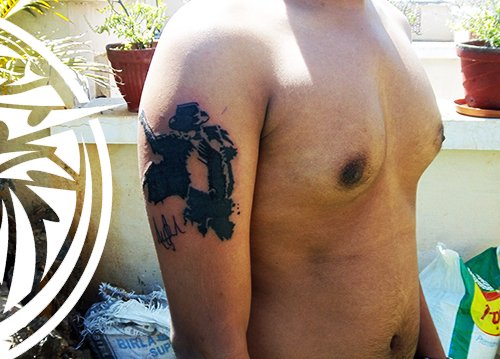
Portrait Tattoos
Portrait tattoos are done in both black-n-grey and in color. They are used as a symbolism of individual meaning to the person getting it done. These meaning hold a wide range amongst all individuals. Some are meaning of love, admiration, encouragement and so on. Portrait tattoos take a high level of skill to do correctly and with this said normally take more time than a standard tattoo.
Maori tattoos
A Maori tattoo is a tattoo design originating from the islands of New Zealand and the south pacific. Within themselves, there are distinct adaptations based on the island or group of islands they belong to. Maori tattoos can be recognized by ‘trademark symbols’, such as geckos, centipedes, waves, mountains, the Marquesan Cross and other geometric designs. Maori designs distinguish themselves through the use of symbols and consistent artistic renderings of lines, arches and circles. The traditional Maori tattoos were inked not by machines but using shark teeth/metal nails put together on a stilt and hammered rythmically by a mallet. It was a slow and painful process and involved a lot of bleeding.
Each Maori tattoo is meant to be unique and created only for the person inked. The design signified heritage, accomplishments, family position, and purpose. If one would look at a maori design carefully, one would find designs within the design. Each of these had a symbolic meaning. The shark teeth and the mountains stood for protection, fish scales stood for prosperity, waves stood for progress. It is this unique Combination of designs into finely woven patterns that make the Maori tattoo so attractive. Today Maori tattoos are more often than not inked using tattoo machines rather than traditional methods.
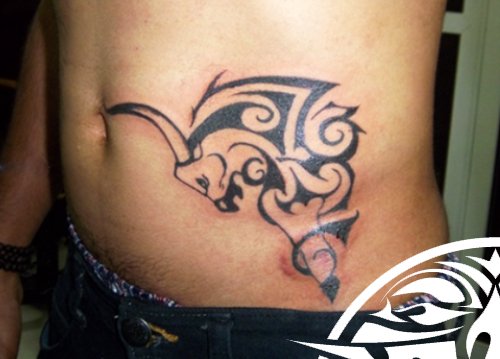

Japanese Tattoos
The traditional Japanese tattoo style is called irezumi , which means “insert ink”. It is still done by specialist tattooists, but it is painful, time-consuming and expensive. A typical traditional body suit covers the arms, back, upper legs and chest, but leaving an untattooed space down the center of the body. In olden times Japanese tattoos were used to identify criminal groups and even today the taboo has not totally gone. Japanese tattoos are large, bright, detailed and all encompassing. story goes that in olden days, only royalty was allowed to wear ornate dresses. The body suit was the Japanese way of having a colourful dress inked instead of the silken dresses. The Koi fish is one of the favourites amongst the Japanese.
